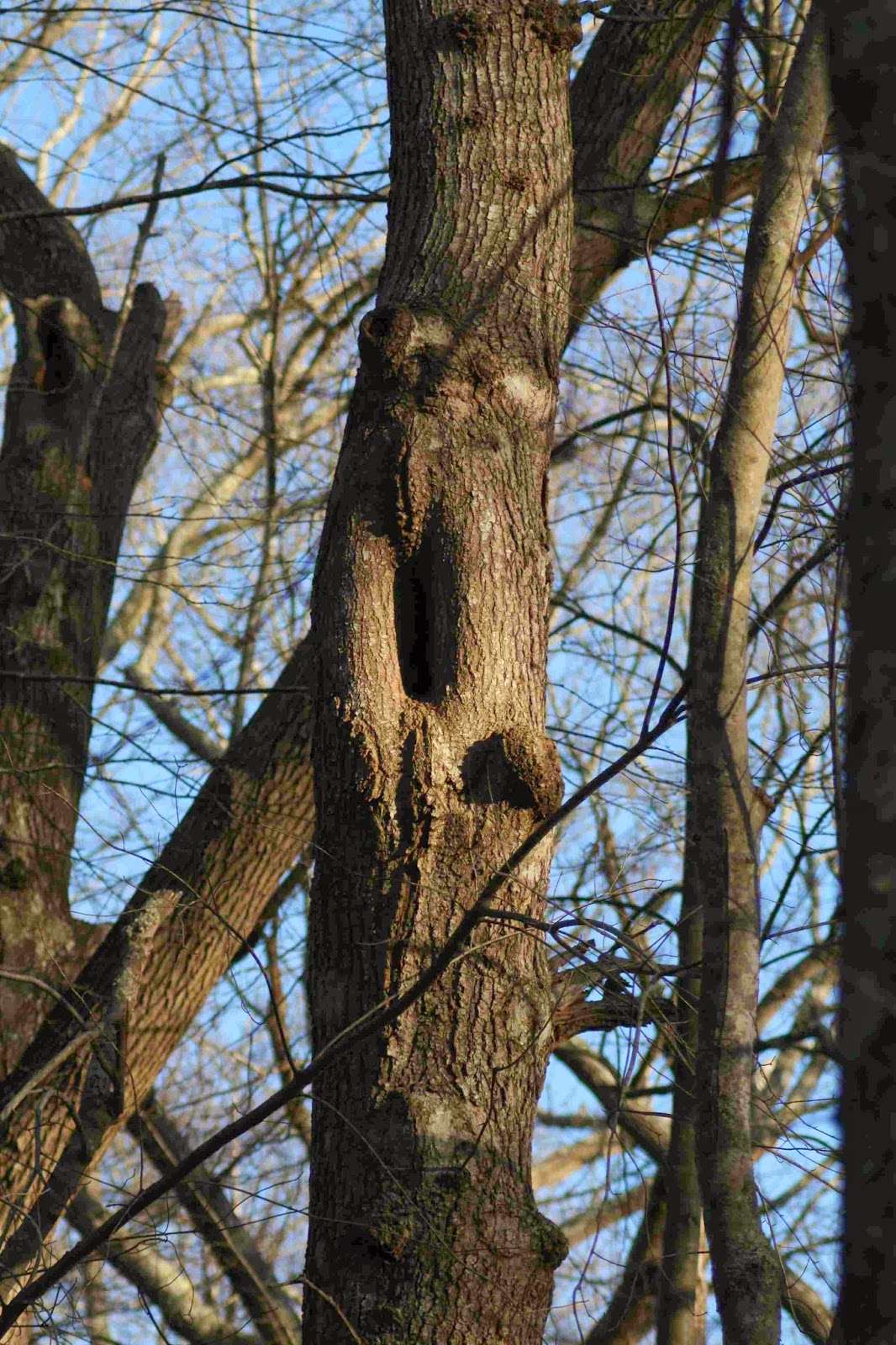By Mike Goodwin
Each of our member Town Committees
is tasked with preparing property management plans for the preserves
in their town. This is a time consuming task and Avalonia has a long
way to go to finalize plans for all our properties. In Ledyard much
work has been done to develop these plans and to implement the work
recommended. One of the major properties receiving a lot of
attention is the Barrett Preserve.
The Barrett
Preserve was transferred from the Nature Conservancy to Avalonia Land
Conservancy in 1994 and has been a nature preserve since 1967.
Avalonia maintains hiking trails on the property and has maintained
an open field and dogwood grove at the entrance per the previous
owner’s request.
In preparation for writing a
property management plan, Avalonia secured a grant in June 2011 to
prepare a forest stewardship plan from the Natural Resource
Conservation Service, NRCS, a part of the US Department of
Agriculture. Connwood Foresters, Inc. was hired and delivered the
forest stewardship plan in March 2012. The Property Management Plan
for the Barrett Preserve was completed shortly after receiving this
plan.
The forest stewardship plan
recommended six one-acre canopy openings to encourage young tree
growth to improve forest age diversity and an additional three one
acre cuts to remove the abundant black birch from the old burn area
to encourage a more diverse forest. The plan also recommended
girdling three trees/acre and construction of one brush pile/acre for
small animal shelter. Girdling involves removing a band of bark and
cambium around a tree’s circumference to kill it and leave a
standing snag. The Barrett Property Management Plan changed this
recommendation to clearing three one-acre cuts plus one three-acre
cut in the burn area. We did this because of wetlands and access
limitations to portions of the preserve. The plan also included
clearing invasive plants from under the dogwood grove and continued
mowing of the field in the fall.
 |
| These young Birch trees are a monoculture which is detrimental to the forest |
The Barrett Preserve, like most of
the forested lands in Connecticut today, is covered by a forest of
uniform age with little young growth. The soil is very rocky and wet
over large portions of the preserve. In a major storm we expect
significant wind damage which would take many years to regenerate
without some young trees in the mix. Storms over the last two years
have emphasized this problem with large trees being uprooted in the
wetter areas.
 |
| Slash left on the ground will encourage fungus growth which will aid decomposition. |
Avalonia applied for and received a
grant from NRCS in February 2013 to implement the planned work. In
summer 2013, Connwood Foresters, Inc. was hired to mark the trees to
be cut. The area was surveyed and trees marked in early November
2013.
Avalonia plans to contract with a
logger to complete the tree removal on the three one-acre tracts in
early 2014. We plan to clear the three-acre burn area of small black
birch over the next year using volunteers. We will leave the downed
trees on site to discourage deer from eating the expected new growth.
There will be some unsightly areas on the preserve for a few years
but there should be a lot of new growth and enhanced wildlife habitat
in the near future and for years to come.
 |
| The Mountain Laurel understory will benefit from more light. |
Photographs by Beth Sullivan.



















